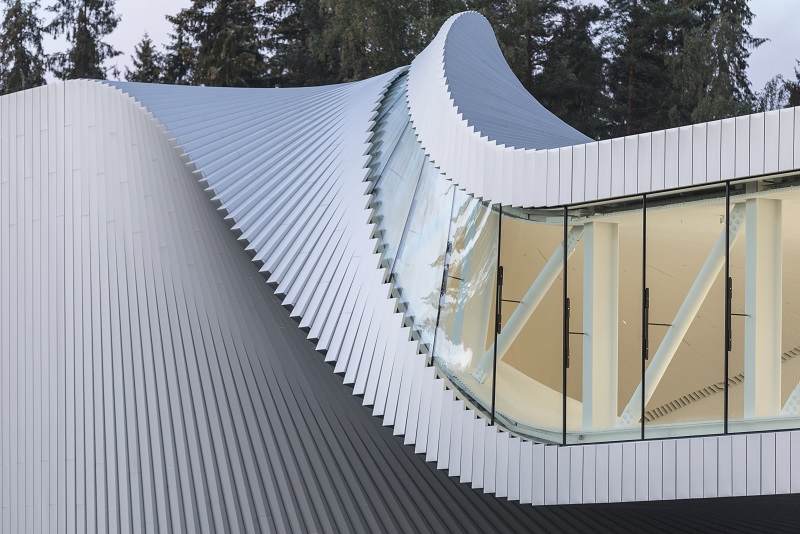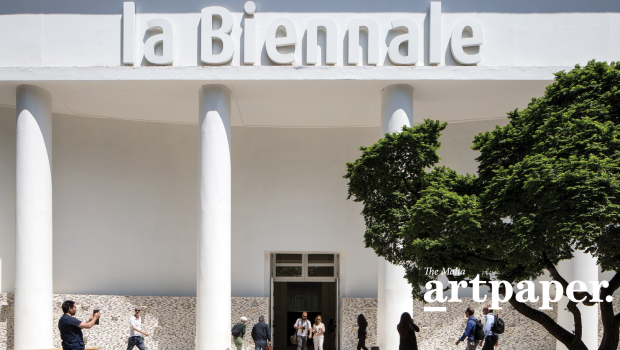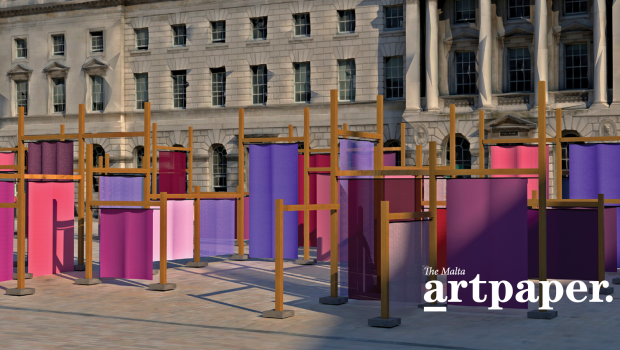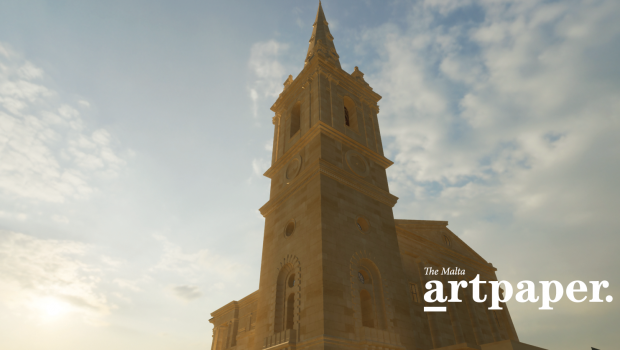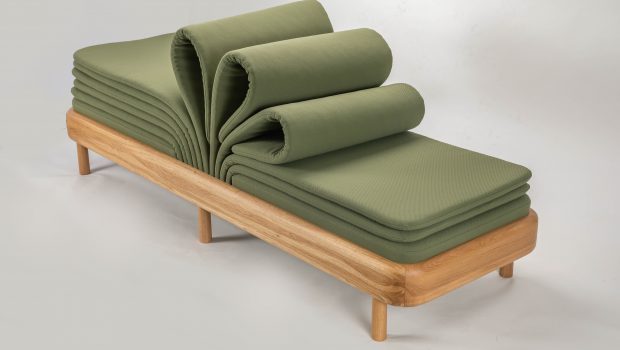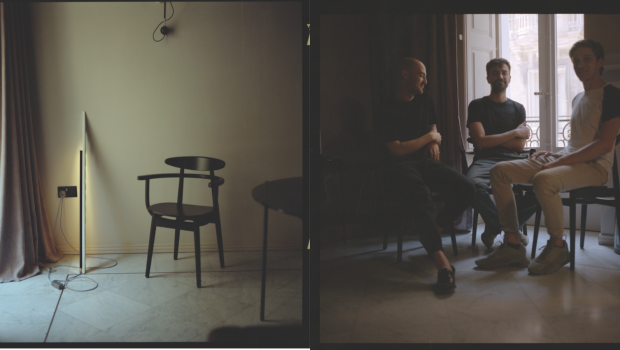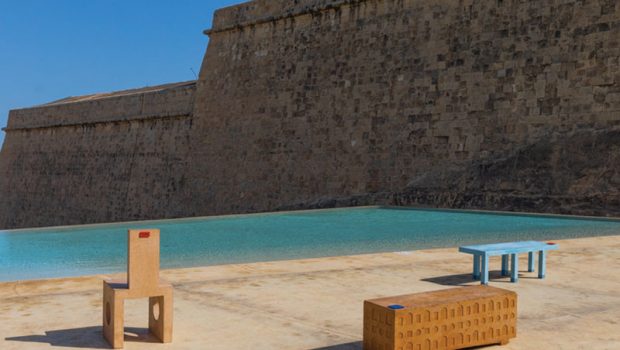A Twist in Nature
Finn Blythe goes to see Bjarke Ingels’ Twist - the latest addition to Kistefos, one of Scandinavia's largest sculpture parks.
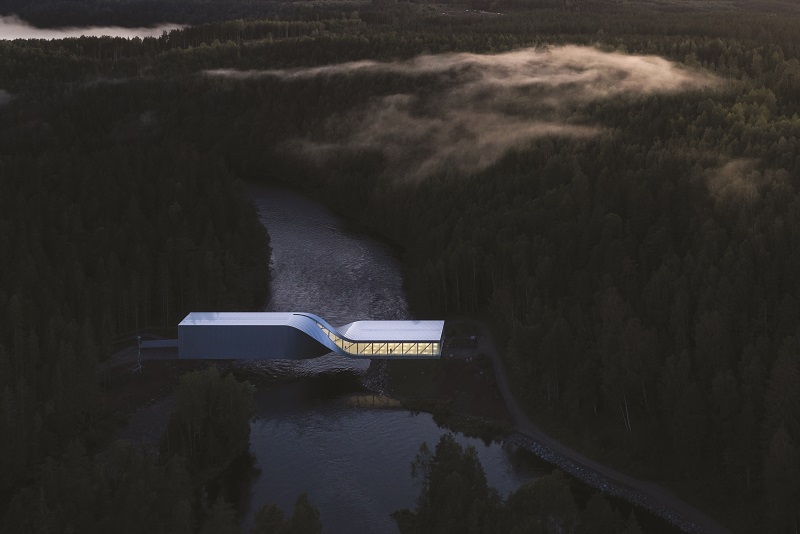
Nestled deep among the pines of Jevnaker, some fifty miles north of Oslo, a shimmering contortion of aluminium and glass spans the winding Randselva river, connecting two forested riverbanks at Kistefos – the largest sculpture park in Scandinavia. This beguiling and inhabitable sculpture is the latest vision from Danish architect Bjarke Ingels, whose design was chosen following an international competition held by Sveaas and is the company’s first completed project in Norway.
“The Twist is a hybrid spanning across traditional categories,” explains Ingels, “it’s a museum, it’s a bridge, it’s an inhabitable sculpture. As a bridge it reconfigures the sculpture park, turning the journey through the park into a loop. As a museum it connects two distinct spaces – the vertical gallery shaded from sunlight and the horizontal gallery with panoramic views across the river. A third space is created through the blatant translation between these two galleries: the namesake twist, representing a new challenge for the exhibiting artists and artworks to engage with. The resultant form – complex yet simple – integrates as a newcomer among the sculptures of the park.”
An astonishing feat of mathematics and geometry, the museum’s structural torque bears some resemblance to the group’s soon-to-be unveiled Vancouver House – a 493-foot cantilevered residential tower described by Ingels as a, “contemporary descendant of the Flatiron Building in New York.” The Twist, however, will host an international programme of contemporary art exhibitions that will only further enhance the reputation of Kistefos Sculpture Park as one of the most exciting venues to showcase the work of leading artists. Not only does the design provide artists with a stimulating space to respond to, but as an indoor facility, The Twist allows Kistefos greater flexibility for artist programming, given the harsh seasonal conditions that currently limit the museum’s opening times.
Despite its fluid profile, the aluminium cladding that gives the appearance of stacked playing cards is formed entirely of straight elements (developed in collaboration with Baumetall) that honour the site’s industrial history. Inside, the museum combines horizontal and vertical spaces, with a central interstitial gallery at the point of its 90-degree twist. Approaching from the south bank of the Randeselva (the museum is accessible from either side), visitors are met by a vast, monolithic entrance, inside of which a windowless, double height cavern reveals itself as an ideal space for housing larger works. Described by Ingels as “introverted”, the vertiginous proportions are juxtaposed by the south end of the structure: a single-storey, “extroverted” space with panoramic, floor-to-ceiling glazing that tapers with the contour of the building to form a skylight that naturally illuminates the gallery.
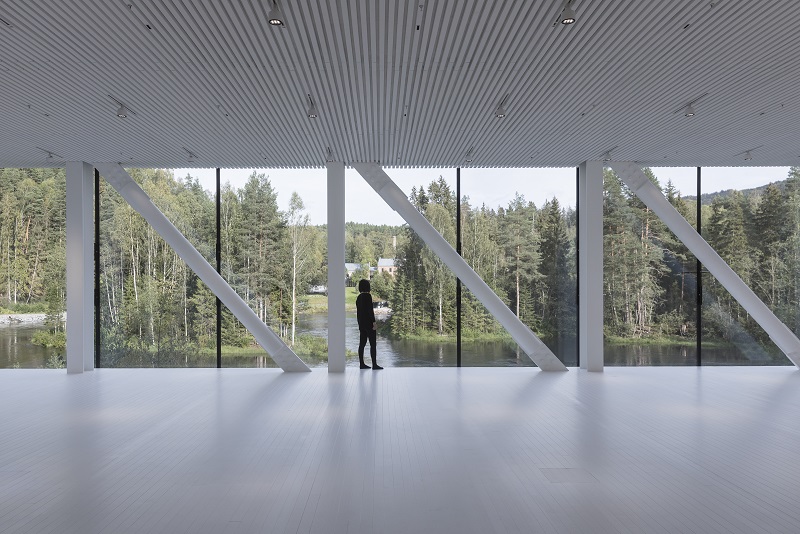

Walls and ceilings are clad in local Douglas fir slats that reference the surrounding vernacular of country homes and barns, while concrete bearings and structural joints, designed to accommodate the building’s movement, are left exposed. A concrete staircase, leading down from the northern gallery, reveals one of the building’s most ingenious design elements. This hidden basement, lined with concrete and glass, sits beneath the structure and not only houses art, but also the museum’s bathrooms – providing what must be among the finest of toilet vistas looking out over the park’s sublime natural scenery.
Founded in 1996 by Norwegian businessman and art collector Christen Sveaas on the former site of his family wood pulp business, Kistefos comprises an industrial museum and exhibition galleries as well as an 80-acre sculpture park. Located in an area of extraordinary beauty and unique industrial heritage (the site’s 19th century paper mill is the oldest of its kind left in Norway), its mission is as much about conserving the buildings that had fallen into ruin as celebrating the best of Norwegian and international contemporary art.
The park already features nearly fifty site-specific works by artists including Tony Cragg, Anish Kapoor, Marc Quinn, Jeppe Hein, Philip King, llya Kabakov, Lynda Benglis and, as of May this year, a polka-dotted, tentacle-like Kusama sculpture that seemingly grows out of the water. The new exhibition space, accessed via pathways leading through the surrounding mystical woodland, will represent a natural extension of the existing programme.
To inaugurate this landmark art venue, its opening exhibition pairs the late British painter Howard Hodgkin (1932-2017) with the conceptual artist Martin Creed for the first exhibition of Hodgkin’s work since his death. Curated by Guy Robertson and featuring works from public and private collections (including from Christen Sveaas’ collection), Inside Out centres on the dialogue between these two artists and celebrates their shared conviction that art offers a framework for expressing our complex emotional lives. It’s a fitting choice for a building that pays tribute to the contingency between art, landscape and a building that is itself testimony to our compulsive response to the visceral power of natural beauty.
www.kistefosmuseum.com
